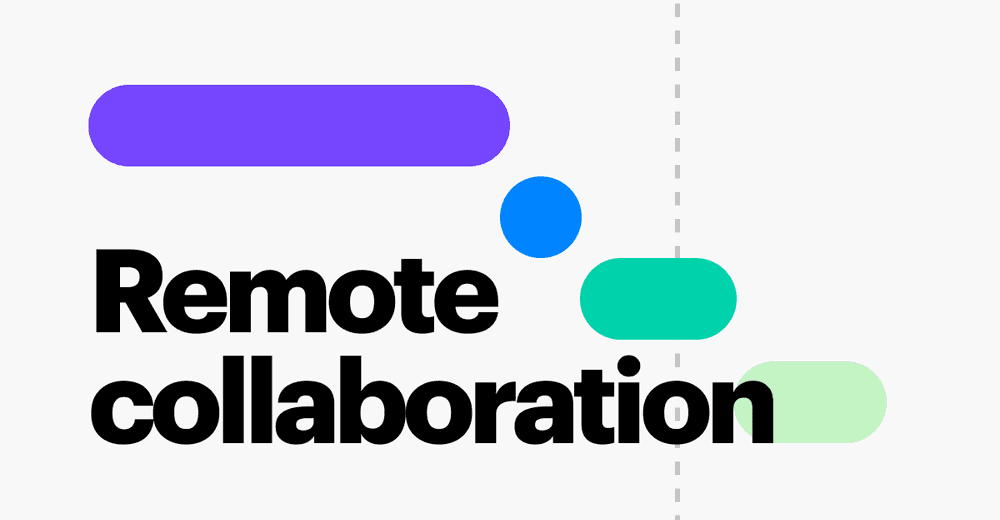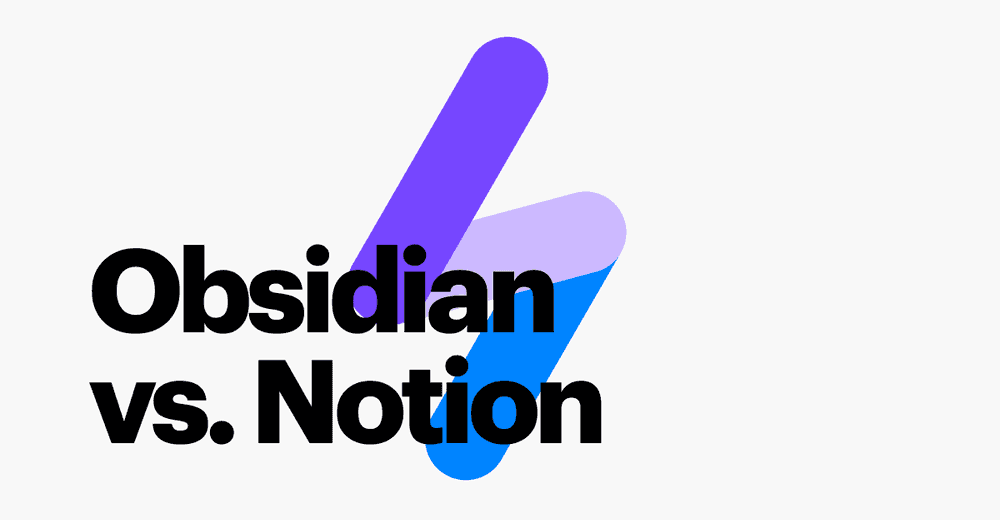The Top 6 Relationship Mapping Tools for Product Management
- Get a clear breakdown of relationship mapping and why it matters so much when managing products.
- See the essential points to think over when picking out software that lets you map relationships like a pro.
- Get a selection of the finest relationship mapping tools out there.
What’s the common thread between trees, systems, concepts, and Venn diagrams? You might not see it right away, but they’re all ways of showing how things are connected. It’s 2024 now, and luckily for us, we’ve got a wealth of tools at our fingertips that bring these connections to life.
We’re about to take you through the ins and outs of relationship mapping in this hands-on guide. This is essential if you want to steer through the twists and turns of today’s product development scene successfully.
What is Relationship Mapping?
At its core, relationship mapping is a clear way to see how different pieces of your project are related.
Think about all the parts involved—people working on it, the tasks at hand, and the information you use. In product management, this method helps you grasp both big-picture goals and specific details.
With everything that goes into developing products, having such a map can be incredibly helpful. It’s like being able to look through both ends of a telescope: seeing the whole landscape as well as zooming in on individual features when needed.
This kind of understanding is crucial for guiding projects effectively from start to finish—it’s almost like having an easy-to-use guide that keeps you on track throughout your product development journey.
How to Select a Relationship Mapping Tool?
Choosing the right relationship mapping tool is a smart move for any product manager wanting to smooth out their development process. Here’s how to get to the best one:
Look for Seamless Integration
You’ll want a tool that plays nice with your current setup, like project management software and CRMs. The goal is simple: ensure everything works together without wasting time jumping from app to app.
Keep it User-Friendly
Aim for something straightforward, where getting started doesn’t mean climbing a steep learning curve. A clear interface matters because if your team can’t pick it up quickly, that so-called ‘solution’ could end up slowing you down instead of pushing things forward.
Plan for Growth
Your chosen tool should be able to keep pace as your product takes off—handling more users and complex data without flinching.
Accessible Support Matters
Good help should never be hard to find. Strong customer service ties and helpful resources such as guides or forums are invaluable when you hit an unexpected snag.
Weigh Cost Against Value
Sure, budgeting isn’t fun, but balance those dollars against what the tool delivers. Don’t get sidetracked by flashy features; focus on what’s essential for your work over extras that look cool but don’t really cut it day-to-day.
Take these pointers onboard and you’ll land a relationship mapping tool tailored not just for today’s workflow but also ready to advance alongside your growing product landscape.
The Top 6 Tools for Relationship Mapping
If you’re a product manager looking to stay ahead of the curve, picking out the best relationship mapping software is essential.
Here’s a look at six top-rated options that help with various areas of product management, noting what they do well and where they might fall short:
1. Fibery.io

Fibery.io is all about keeping things moving quickly and efficiently. It’s perfect for teams that need to adapt on the fly.
Pros: You can tweak it to fit your team’s needs; great automation and AI-driven processes mean less time spent on routine tasks.
Cons: There’s quite a bit to learn upfront, which may seem overwhelming at first.
Price: It starts at $10 per person each month but if you’re working on an open-source project or in small startups, it’s 100% free.
2. Miro
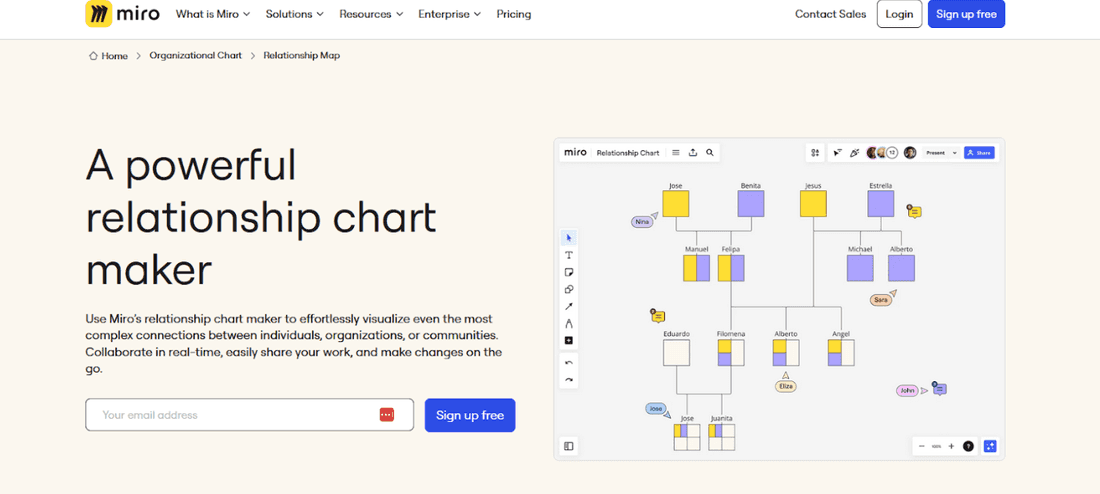
Miro stands out when your team needs to work together in real time. Its approachable design makes it popular for group sessions and agile processes.
Pros: Straightforward with lots of ready-made templates available right away.
Cons: Great with visual tools but not as strong when you need detailed reports.
Price: Free option available; otherwise, plans begin at $8 monthly per user.
3. Microsoft Visio
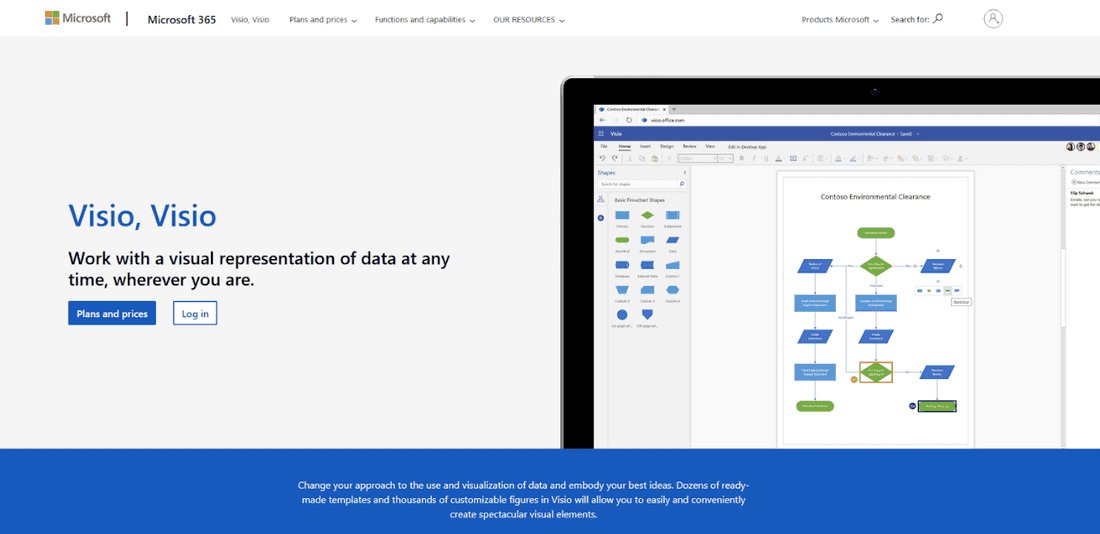
Perfect for those who already play well with Microsoft tools, Visio brings strong diagramming capabilities right into the Office 365 family.
Pros: Great at crafting complex diagrams and works smoothly with other Microsoft apps.
Cons: Might feel tricky to use if you’re not already friends with Microsoft products.
Price: Included in Microsoft 365, otherwise it’s $5/month for plan 1, and $15/month for plan 2.
4. Lucidchart
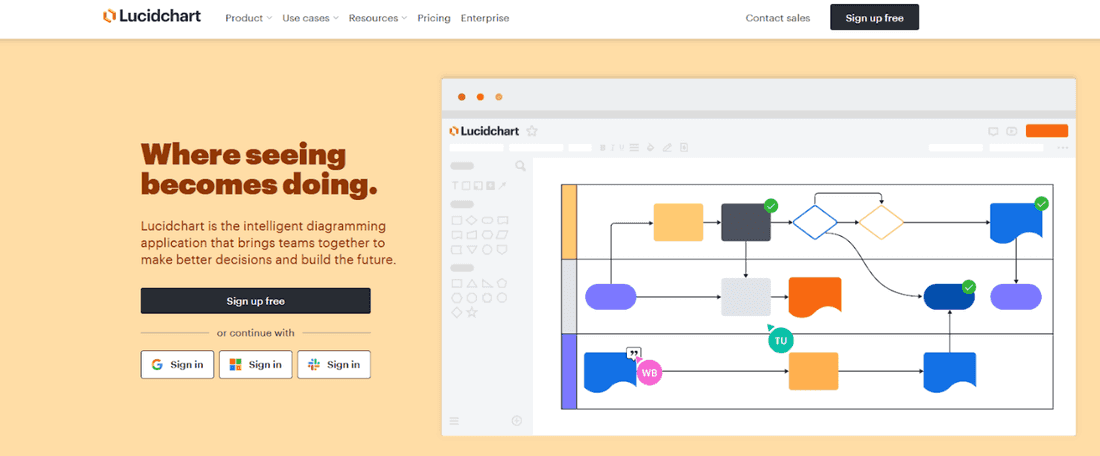
This one’s all about adaptability. Whether you’re tech-savvy or prefer things straightforward, Lucidchart has something for everyone when it comes to advanced diagrams.
Pros: Its drag-and-drop setup makes diagram design easy; plays nice with lots of platforms like G Suite and Atlassian too!
Cons: Be mindful that costs may climb along with your growing needs; premium features mean moving up payment plans.
Price: Pricing kicks off at $9 per month per user.
5. DBDiagram
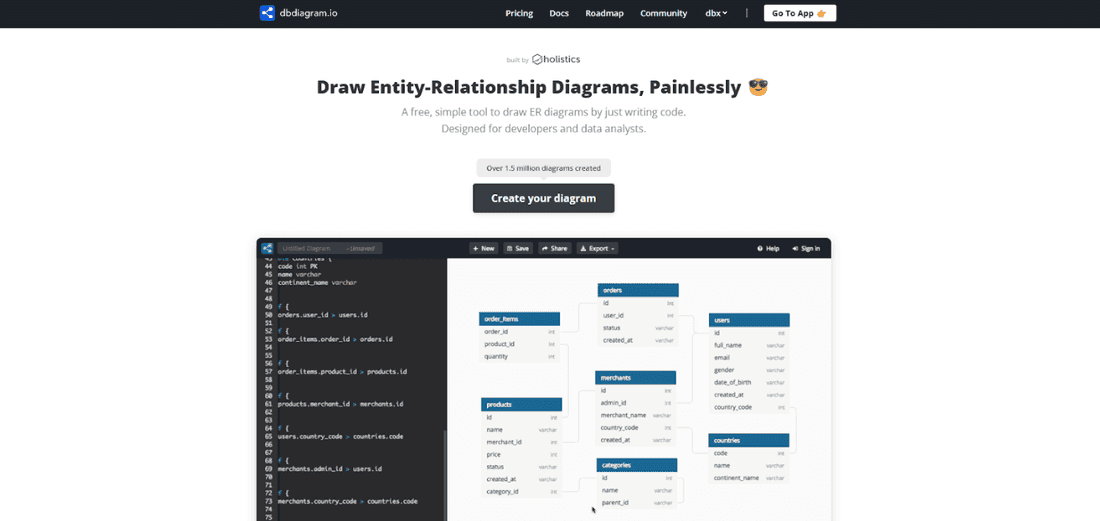
DBDiagram is a straightforward platform enabling users to create diagrams that show how database elements are interrelated—helpful when planning out your product’s technical structure.
Pros: User-friendly with intuitive drag-and-drop functionality; great for those who want to understand database structures without deep tech expertise.
Cons: It’s mainly for creating database diagrams, so it might not cover all project management tasks.
Price: Offers a free version indefinitely; $20 per month for additional team features.
6. Creately
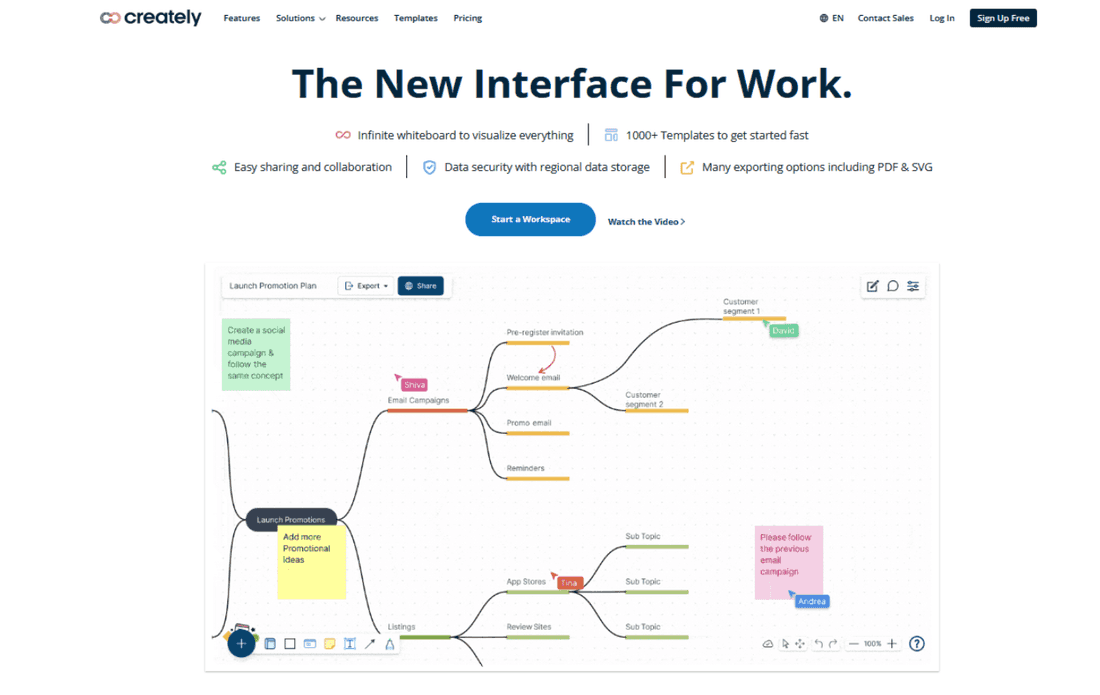
Creately serves as an all-in-one workspace where you can draw up diagrams or mind maps and even manage projects. It’s quite handy for laying out intricate information visually during brainstorming sessions or strategic plans.
Pros: Packed with diverse diagramming options and easy-to-use templates which also allow team members to collaborate effectively in real time—a big plus if visual aids are central to communicating ideas within your team.
Cons: Some may find the wealth of options more than they bargained for if their primary need is basic task organization rather than comprehensive diagramming tools.
Price: Free tier available; otherwise, priced at $9 monthly whether working solo or in teams.
Each platform brings something unique to streamline your project management journey. Be it simplified use, integration possibilities, or budget-friendliness, you’ll find one fitting your team’s style and planning needs perfectly.
Assess them considering what flows best with how your group works together as well as what will guide you most effectively toward your strategic aims when deciding which software will uplift your development process optimally.
The PM’s Hot Take
At Fibery, we believe that relationship mapping should be as natural as breathing for a product manager. If your mapping tool feels like a third wheel, it’s not the right fit. It should be an extension of your thought process, not a disruption.
Conclusion
And there you have it – our clear-cut walkthrough for sifting out the perfect relationship mapping tool, one that isn’t only functional but excels at what it does.
Curious about more than just relationship maps? Fibery offers so much more to ramp up your product management game. Eager to see how?
Take a peek at our comprehensive guide on integrating Fibery with tools you already use.
Discover the ways sophisticated relationship mapping can revolutionize your approach to developing products, helping you craft not merely an item for today but a lasting impact for tomorrow.
Psst... Wanna try Fibery? 👀
Infinitely flexible product discovery & development platform.
